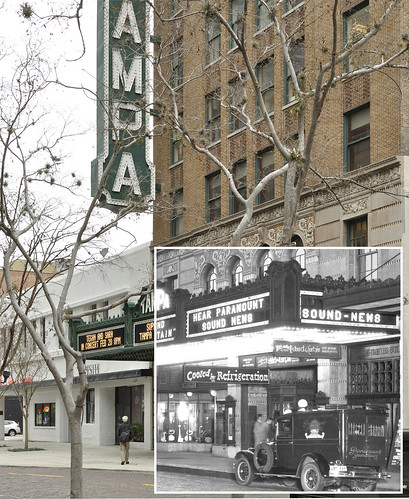Blase-LookingOutwards-1
Rafael Lozano-Hemmer- Voice Array
Rafael Lozano-Hemmer’s Voice Array leads participants to speak into a small microphone that records a snippet of their voice. What they say is then visualized by the first pair of LEDs on a linear array of 576 white LEDs. This recording is then joined by the previous 287 recordings in a giant cacophony of both light and sound. (One participant’s homage to pop music at 2:13 works particularly well, in my opinion.) What’s particularly striking about this piece is how each person is reduced to a voice whose only physical embodiment is the pulsation of a pair of white LED lights. I also think it’s also very interesting to see how adults react with amazement from hearing their own voice recorded and visualized in a manner that one might expect from a child. However, it took me a while to realize where the random voice at the end of the visualization was coming from; this was the 288th oldest voice, which was now being pushed off the stack. I’m not sure I agree with that choice.
From the Future Feeder blog, I then discovered the Looking into the Past pool on Flickr. This is an awesome pool of modern photographs with decades old photographs of the same location spliced in. Below, I’ve included the image on Future Feeder that caught my attention. However, a handful of photographs in which old pictures of children were spliced into their old rooms and haunts also caught my eye. I think this style of mashup captures some of the temporal nature of photography, which was on my mind after I went last year to a couple places that I had originally ventured to in 2008, never expecting to return. I now have a series of photographs from both times, and I wonder whether mashing up these photos would be interesting. Overall, I like that this Flickr pool has created a community of individuals using technology in the same way to make art that involves the same process, but with diverse effects.

Nils Volker’s Variations on Pi is a series of light paintings loosely based on the digits of pi. The most interesting part of this series of light paintings, however, is that they were created by a robot he built. When filmed from above, this robot, whose wheels seem to be designed specifically to turn in circles, is able to make wonderfully symmetric light paintings. I particularly like the idea of using a robot to algorithmically create light paintings. In some sense, I always imagine people making light paintings with flashlights, flailing around wildly. The preciseness of a robotic light painting adds something new, sterile, yet fascinating to the form. However, I wonder why he didn’t provide an interface for himself or others to make arbitrary light paintings with this robot. While the digits of pi are interesting, a multipurpose robot for light painting, with a thoughtful interface, would be awesome.